Winter’s icy grip may seem uninhabitable to most, but for some animals, it’s where they shine. These remarkable creatures have evolved incredible adaptations to not just survive but thrive in snowy and frozen landscapes. Here are 14 animals perfectly suited to life in the chill of winter’s wonderland.
1. Arctic Fox
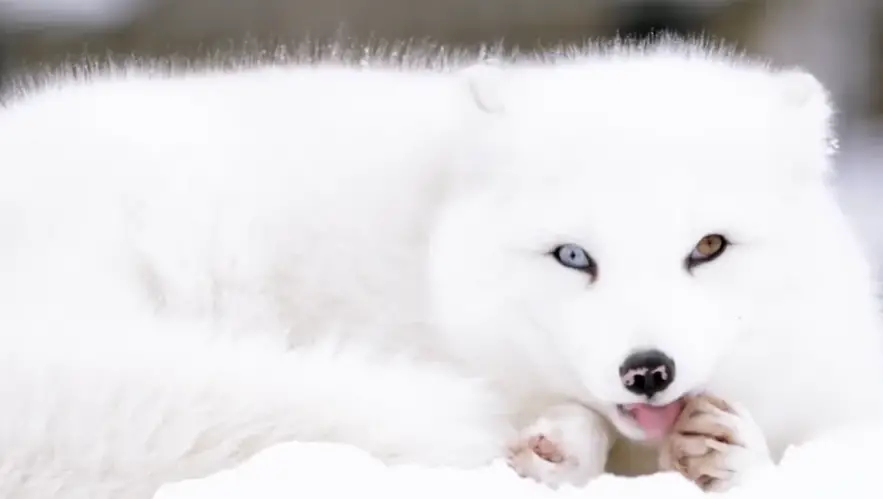
The Arctic Fox is a master of winter survival. Its thick, white fur insulates and camouflages it against the snow. Its small ears and compact body help minimize heat loss, while its keen hearing allows it to detect prey like lemmings under the snow. Found in Arctic regions, this fox tunnels through snow to hunt and withstand temperatures as low as -50°F.
2. Emperor Penguin
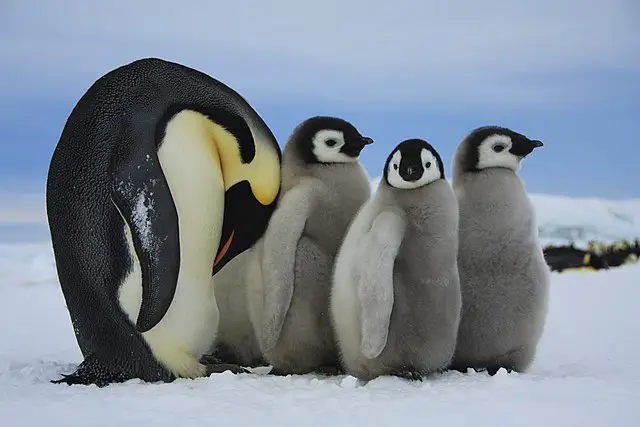
Built for Antarctica’s brutal winters, Emperor Penguins rely on dense, waterproof feathers and a thick layer of fat for warmth. They huddle in large groups, taking turns on the outer edges to shield each other from icy winds. These exceptional divers hunt fish and krill under the ice, diving as deep as 1,800 feet to sustain themselves.
3. Snowy Owl

Wikimedia Commons
Snowy Owls are perfectly equipped for Arctic tundra life, with thick plumage and feathered feet to combat the cold. Their brilliant white coloring provides camouflage, and they are expert hunters, spotting prey like lemmings even in dim light. They inhabit tundra regions across North America, Europe, and Asia.
4. Polar Bear
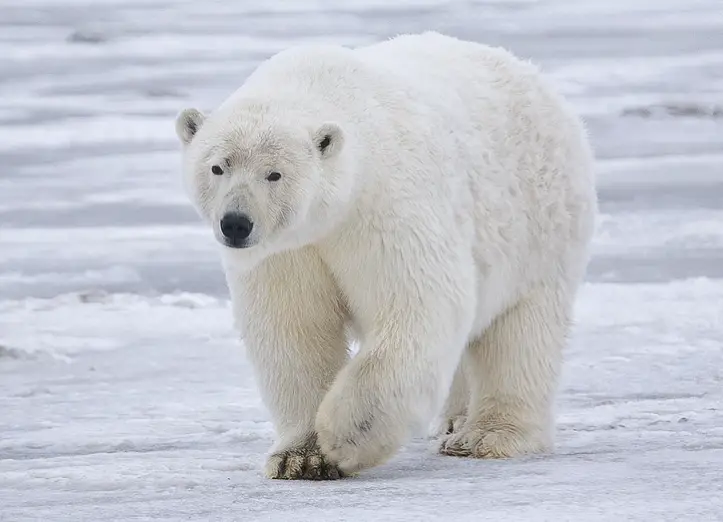
Wikimedia Commons
The iconic Polar Bear thrives in the Arctic, thanks to thick fur, blubber, and heat-absorbing black skin. Their massive paws are ideal for walking on ice and swimming in frigid waters. They hunt seals from ice platforms, demonstrating incredible patience and skill in one of the harshest habitats on Earth.
5. Reindeer (Caribou)

Flickr
Reindeer are built for Arctic and sub-Arctic winters, with hollow, heat-trapping fur and wide hooves that act like snowshoes. They migrate vast distances to find food, using their sharp hooves to dig through snow for lichen. Found in Scandinavia, Russia, and North America, they are symbols of resilience in the cold.
6. Weddell Seal

Flickr
Weddell Seals are Antarctic specialists, with thick blubber and fur for insulation in icy waters. They can hold their breath for over an hour while diving for fish and use their teeth to maintain breathing holes in the ice. Found around Antarctic ice shelves, they are true marvels of underwater endurance.
7. Arctic Hare
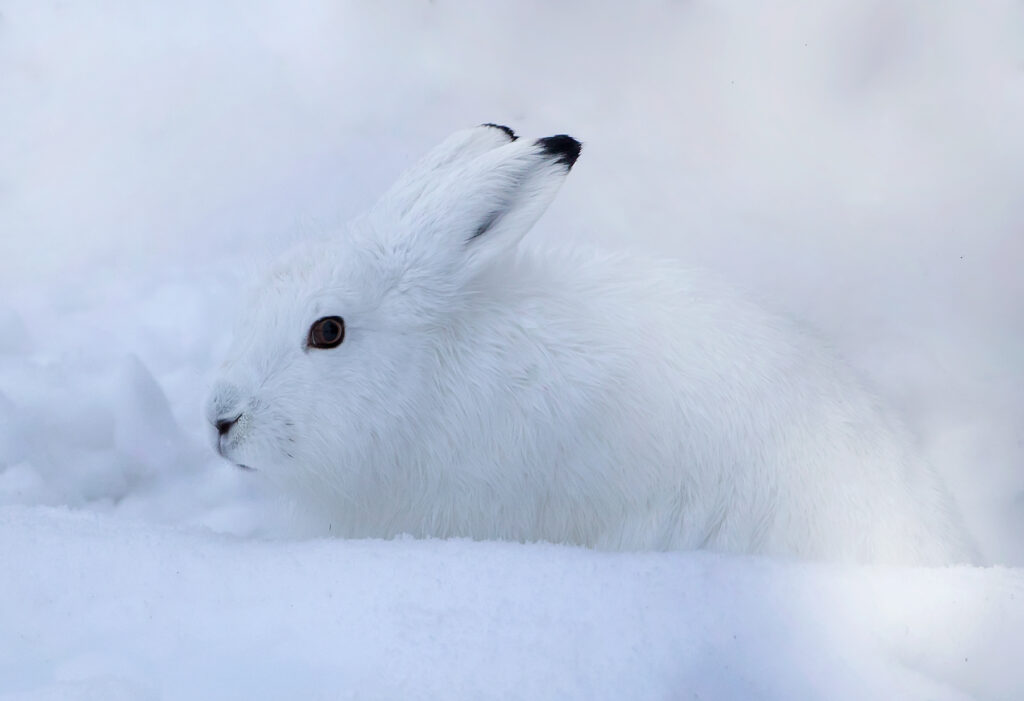
Flickr
The Arctic Hare’s thick white fur and compact body keep it warm in the frigid tundra. These speedy creatures dig shelters in the snow to escape the cold and predators, relying on woody plants and mosses for food. They inhabit the Arctic tundra of North America and Greenland.
8. Siberian Tiger
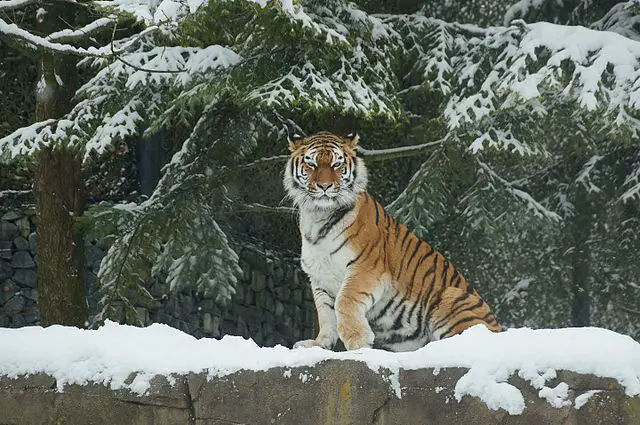
Wikimedia Commons
The Siberian Tiger thrives in the snowy forests of eastern Russia and parts of China, thanks to its long, dense fur and massive size. These stealthy hunters rely on strong legs and thick fur to navigate and ambush prey in deep snow, embodying power and adaptability.
9. Musk Ox
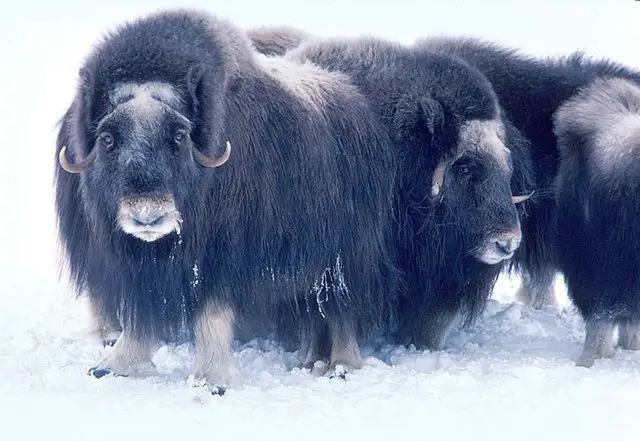
Wikimedia Common
Musk Oxen are Arctic survivors, with dual-layered coats consisting of long outer hair and a dense undercoat called qiviut—one of the warmest natural fibers. They dig through snow to graze on vegetation and form protective circles around their young when threatened. They inhabit tundra regions in Canada, Greenland, and Alaska.
10. Arctic Wolf
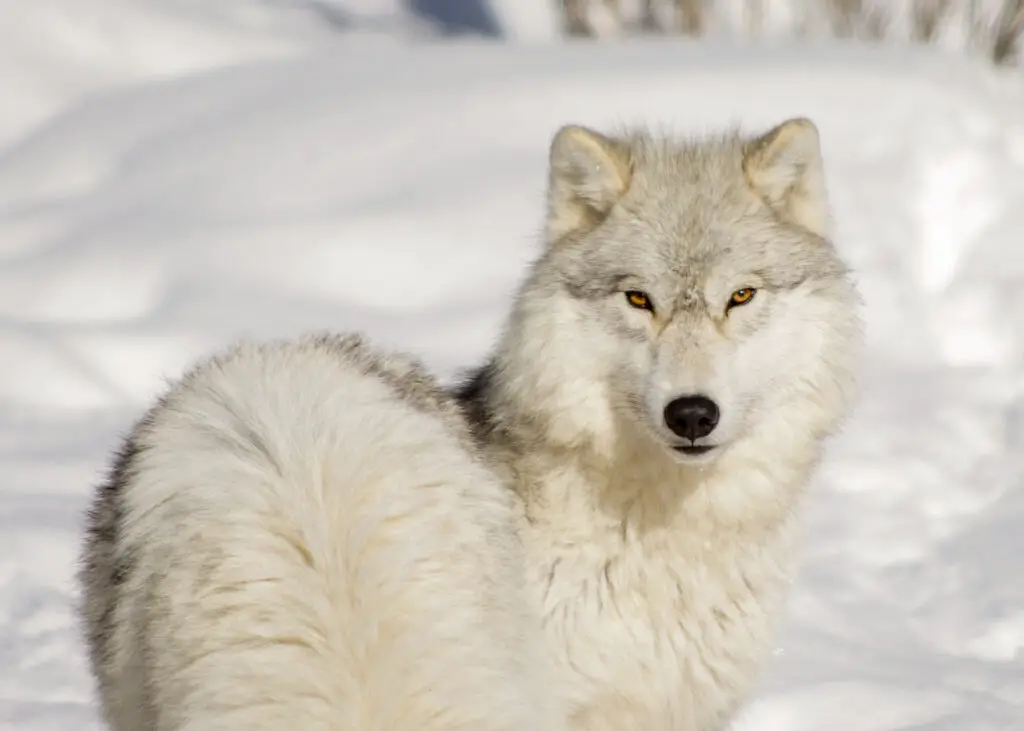
Flickr
Arctic Wolves are smaller than their gray cousins, with dense fur and shorter limbs to conserve heat. They hunt in packs to take down large prey like musk oxen and Arctic hares, showcasing incredible teamwork and resilience. These wolves thrive in Arctic Canada, Greenland, and Alaska.
11. Emperor Goose
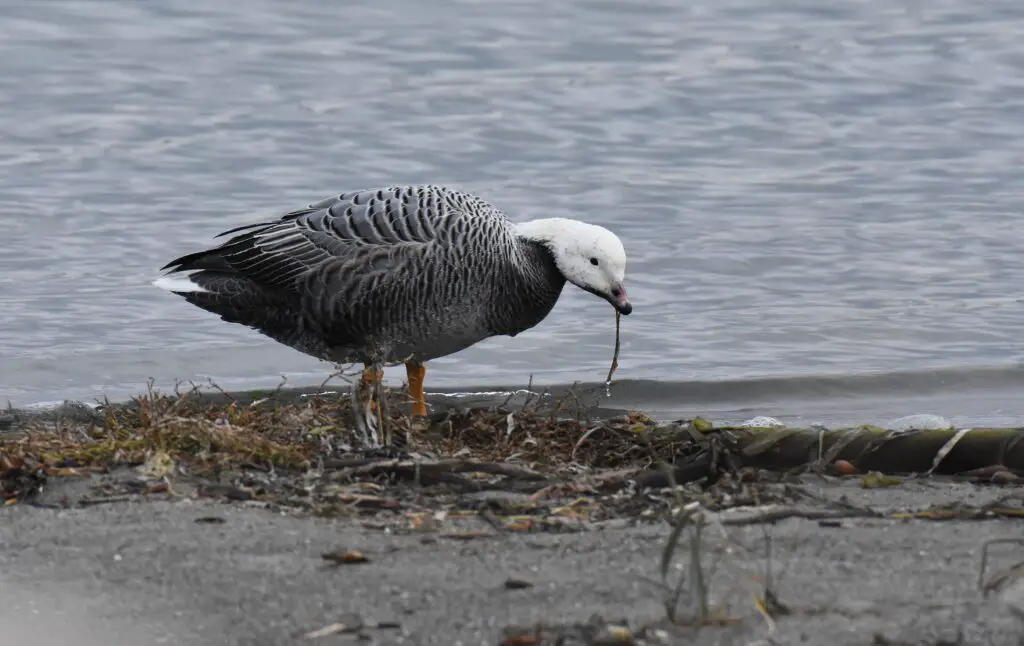
Flickr
The Emperor Goose, native to coastal Alaska and Siberia, thrives in sub-zero temperatures with dense feathers and insulating down. Its striking plumage provides camouflage, while its diet of seaweed and mollusks sustains it during winter low tides.
12. The Walrus
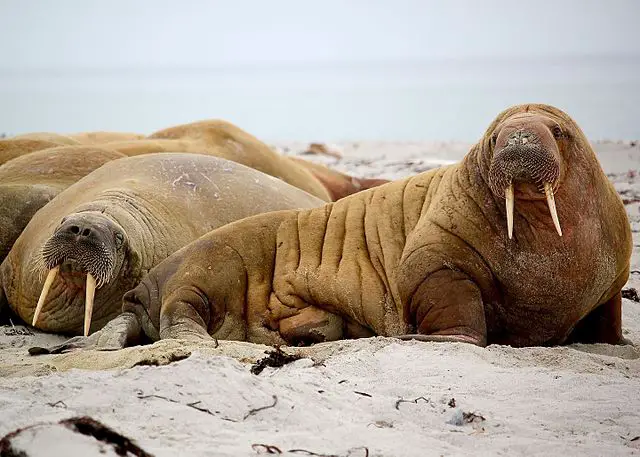
Wikimedia Commons
Walruses live in and also beyond the Arctic. They use their tusks to climb ice and dig for food. Their blubber keeps them warm in cold waters. Found in Arctic herds, walruses rely on sea ice for rest and breeding.
13. Belugas
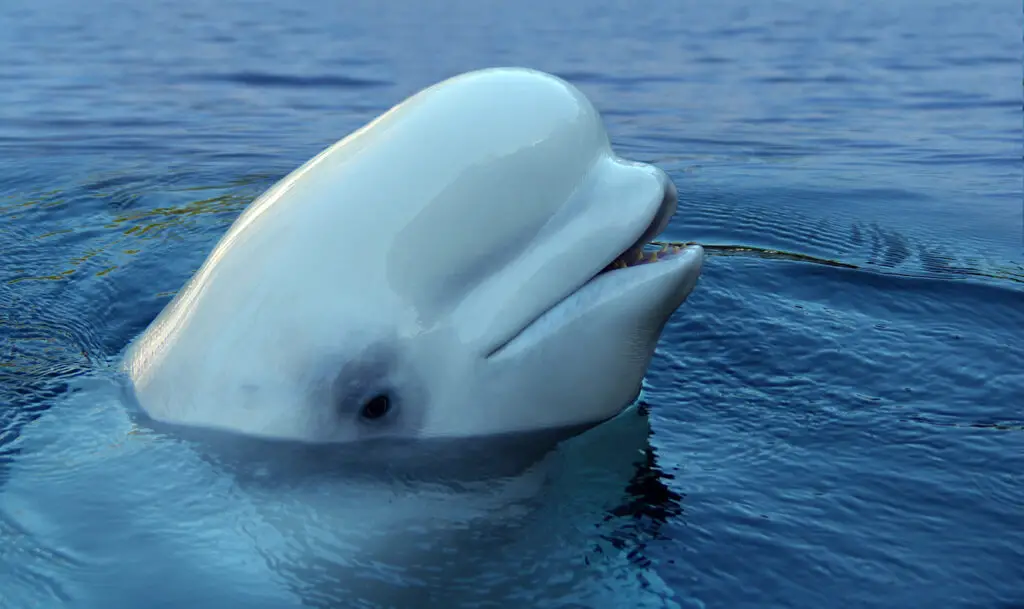
iStock: alazor
Belugas are distinctive Arctic whales known for their white color and vocal nature. Their thick blubber insulates them in cold waters, and they use echolocation to navigate and hunt. Living in pods, belugas are social and rely on sea ice habitats for part of the year.
Conclusion
From the sleek agility of Snow Leopards to the communal warmth of Emperor Penguins, these extraordinary animals demonstrate the power of adaptation in frozen worlds. Each is a testament to nature’s resilience, thriving in environments where life seems almost impossible. These winter warriors transform snow and ice into their domain, proving that even the harshest conditions can nurture incredible beauty and strength.


